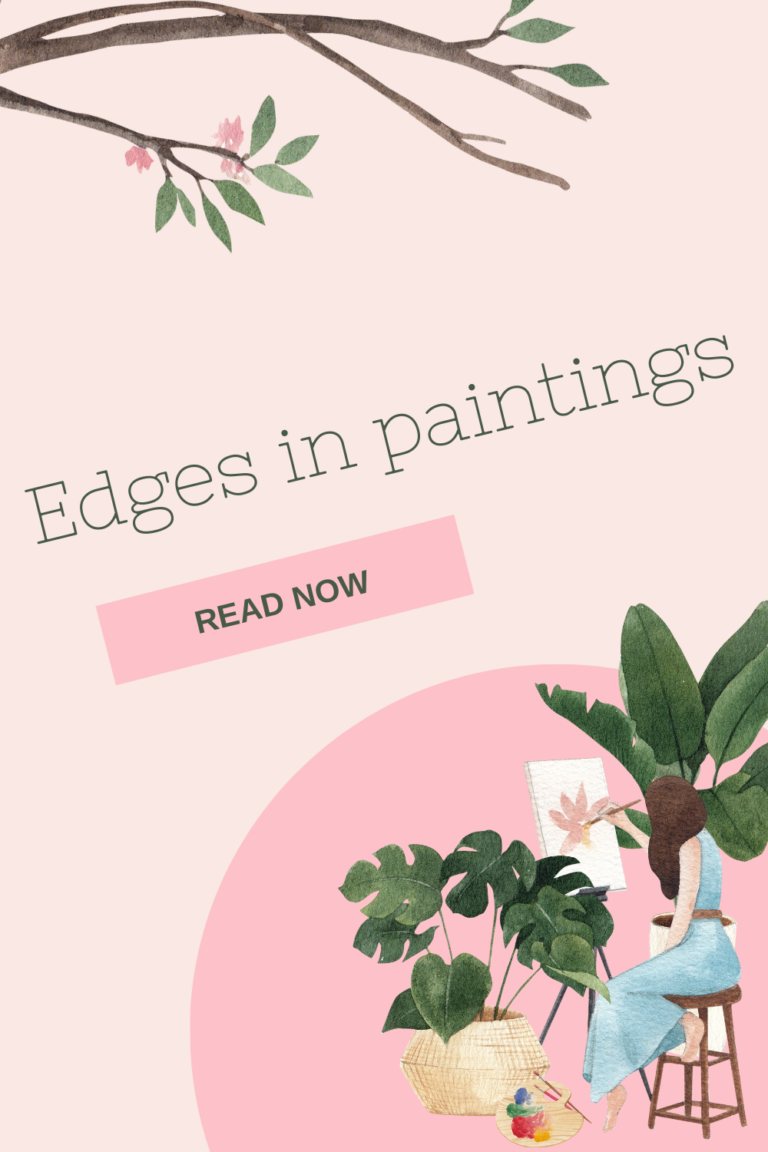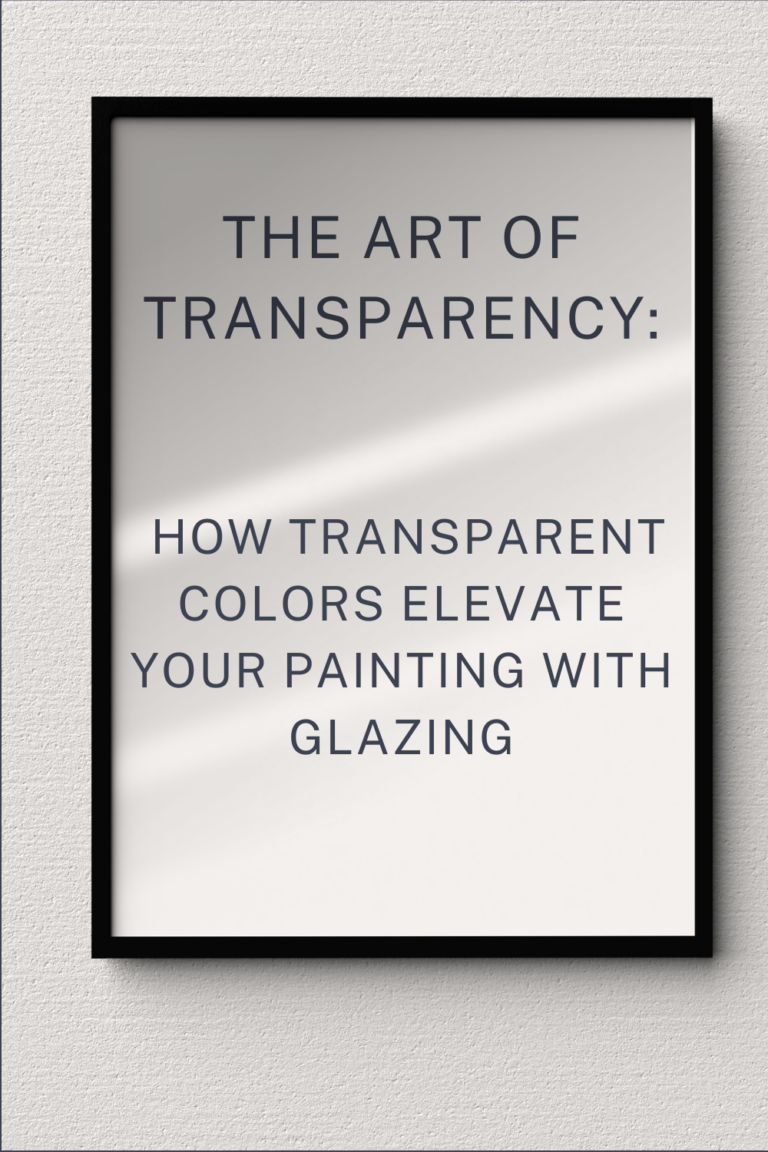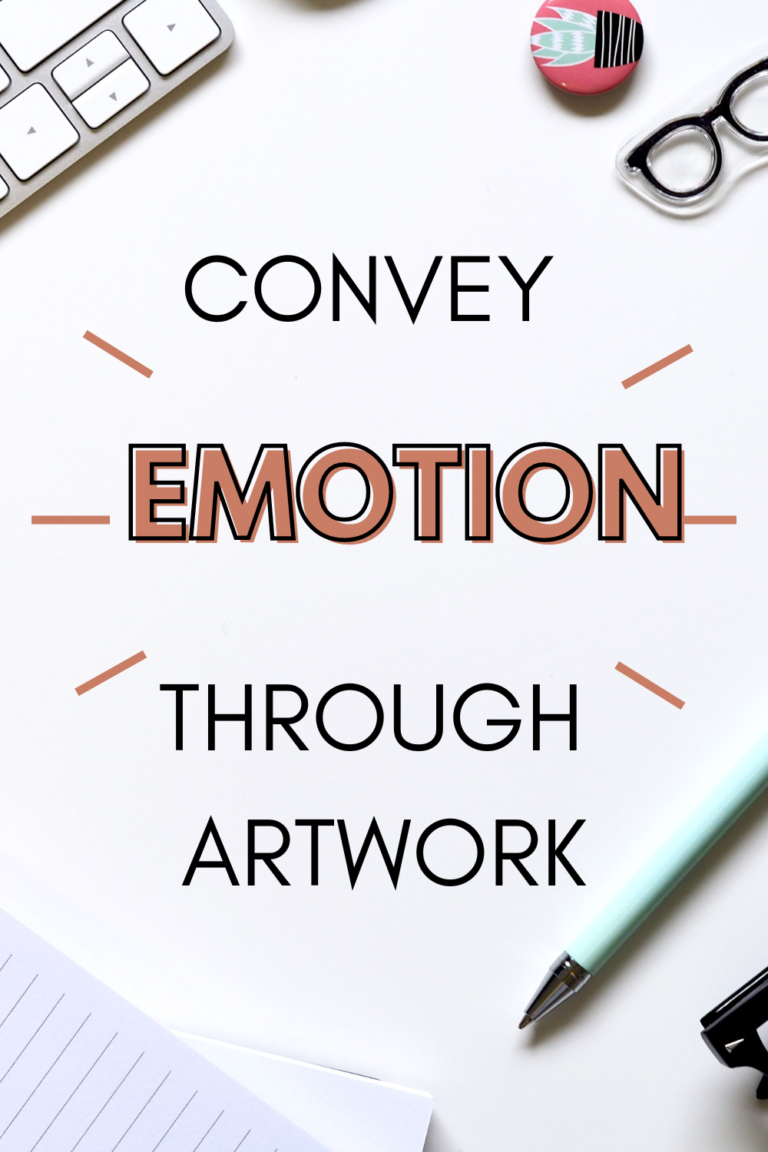I have written a post about how artists navigate social media. Some of you have expressed interest in knowing more about this topic. So here is my experience with building a successful artist website, which is one of the main goals of social media: bring people to your website and get to know you better.
As an artist, your website is your online portfolio, and it’s essential to create a site that stands out and showcases your work in the best possible way. Here are some tips for creating an artist website that stands out:
- Please keep it simple: A clean, simple design is essential for an artist’s website. Avoid clutter and distracting elements that take away from your artwork. Use a color scheme that complements your work and is easy on the eyes. I choose blue as the main color for my website. Because blue is my favorite color, and also represent the spiritual elements my painting often contains.
- Showcase your best work: Your website should showcase your best work and highlight your artistic style. Include various pieces, but ensure they are consistent in quality and style.
- Use high-quality images: The images of your artwork should be high-quality and clear. But you Don’t have to use professional photographs or scan your work these days. Your smartphone can take great-quality pictures.
- Organize your work effectively: Organize it into categories or series, making it easy for visitors to navigate and find what they want. Use descriptive titles and descriptions for each piece.
- Include an about page: An about page is an opportunity to tell your story and connect with your audience. Include information about your artistic background, your influences, and your process.
- Please provide contact information: Make it easy for potential clients to contact you by including your contact information on your website. Consider having a contact form for convenience.
- Use responsive design: With more and more people accessing the web on mobile devices. It’s essential to use a responsive design that adapts to different screen sizes.
- Update regularly: Keep your website up-to-date with new work and upcoming shows. Regular updates show that you’re active and engaged in your artistic practice.
- Consider adding an online store: If you’re interested in selling your work directly through your website, consider adding an online store. This allows you to reach a wider audience and sell your work more quickly. I have nine store of both my contemporary paintings and spiritual paintings. Click here:
- Add a lead magnet: A lead magnet is a valuable piece of content you offer your website visitors in exchange for their contact information, such as their email address. Examples of lead magnets for artists could include a free digital download of your artwork, a behind-the-scenes video of your creative process, or a guide to art collecting. By offering a lead magnet, you can grow your email list and stay in touch with potential clients. I have several lead magnet sprinkled throughout my website.
- Start a blog: A blog is an excellent way to share your thoughts, insights, and updates with your audience. By regularly posting blog content, you can establish yourself as an expert in your field, increase your website traffic, and connect with your audience on a deeper level. Your blog can cover various topics, such as art trends, inspiration, creative processes, or even art-related news and events. The benefits of a blog include building credibility, driving traffic to your website, and improving your search engine optimization (SEO).
Creating an artist website that stands out takes time and effort, but it’s essential for showcasing your work and connecting with potential clients.
Do you have an artist’s website?




